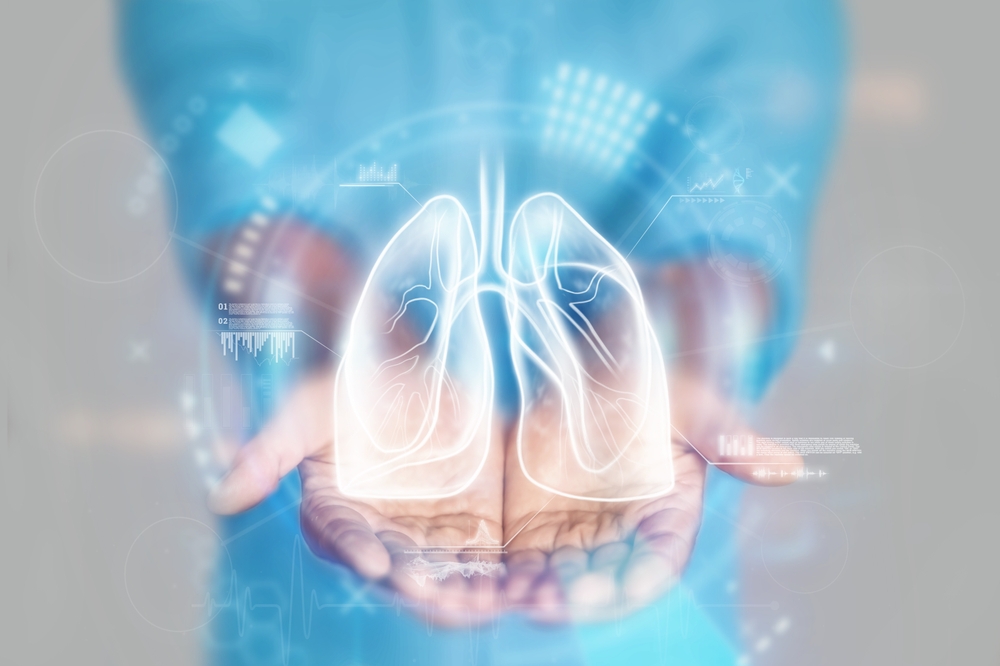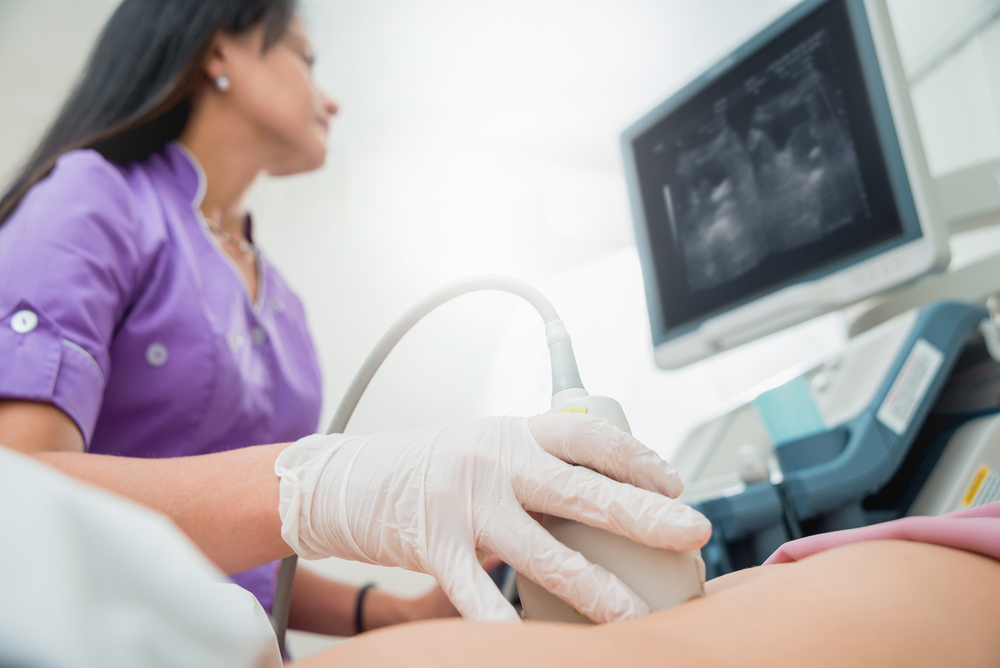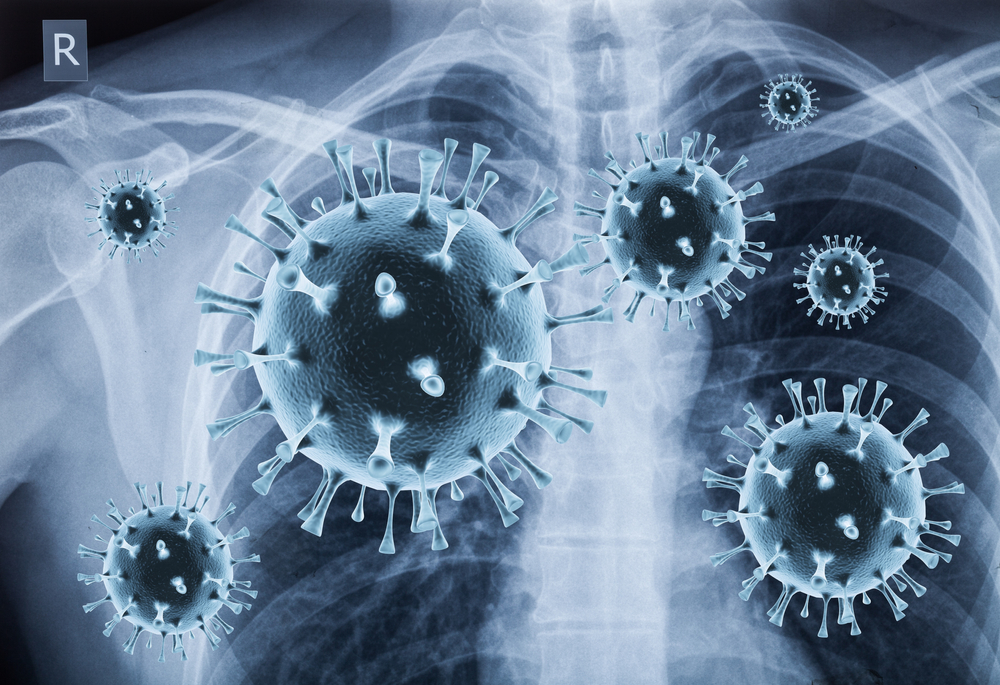Lung Ultrasound Imaging and the Study of COVID
 COVID-19 came on strong. As the severity of the pandemic became increasingly apparent, the scientific community sought to quickly improve its understanding of COVID’s effects on the human body. Ultrasound imaging was among the first tools to provide actionable insight, and it soon became one of the primary modes of research for grasping the long-term respiratory implications of COVID-19.
COVID-19 came on strong. As the severity of the pandemic became increasingly apparent, the scientific community sought to quickly improve its understanding of COVID’s effects on the human body. Ultrasound imaging was among the first tools to provide actionable insight, and it soon became one of the primary modes of research for grasping the long-term respiratory implications of COVID-19.
How has ultrasound technology improved scientific understanding of COVID’s long-term ramifications?
An epidemiological approach to COVID research
In the earliest stages of the pandemic — before it was classified as such — both the Centers for Disease Control and Prevention (CDC) and the World Health Organization (WHO) were quick to recognize COVID-19 as a novel respiratory virus. SARS-CoV-2 was eventually linked to the Severe Acute Respiratory Syndrome (SARS) family of viruses, with respiratory and pulmonary failure as its early definitive symptoms.
While active cases began to spike and demand for ventilator support quickly grew overwhelming, researchers turned to available technology for help understanding exactly how the virus attacks respiratory function — and ultrasound played a critical role.
Because pulmonary conditions are notoriously difficult to assess and treat, Bedside Lung Ultrasound in Emergency (BLUE) became a first-response tool for assessing the severity of patients who tested positive for COVID-19. Even today, ultrasound continues to deliver critical views of lung function and pulmonary health for those battling COVID and its variants.
 Ultrasound as a quantifier of unknown variables
Ultrasound as a quantifier of unknown variables
Ultrasound imaging protocols, including BLUE, provided frontline healthcare workers with critical insight into patient health when virtually nothing was known about COVID. More critically, it provided confirmation of lung consolidation and “lung rockets” — definitive COVID markers — faster than CT scans or PCR testing.
Ultrasound’s ability to help clinicians visually quantify patient lung health successfully laid the groundwork for the rapid assessment and treatment of COVID. According to the European Society of Radiology (ESR), “Lung ultrasonography in experienced hands can give results comparable to chest CT and superior to standard chest radiography for evaluation of pneumonia and/or adult respiratory distress syndrome (ARDS), with the additional benefit of ease of use, repeatability, absence of radiation exposure, and low cost.”
While BLUE and other point-of-care ultrasound (PoCUS) applications provided decision-making data for healthcare workers during the pandemic, it is what ultrasound is helping researchers see in retrospect that’s increasing understanding of COVID today. Ultrasound data collected during the height of the pandemic is now being assessed for commonalities, and against comorbidities, to increase understanding of why and how the virus affects certain people more severely.
 What have we learned about COVID from ultrasound?
What have we learned about COVID from ultrasound?
A systemic review of lung ultrasonography on COVID-19 patients, published in 2022, provides a glimpse at the ongoing utility of diagnostic imaging data; “The most frequent ultrasound findings of COVID-19 are B-lines and pleural abnormalities. High lung ultrasound (LUS) score is associated with developing unfavorable outcomes.” And though this review only encompasses 4,687 patients, it gives a clear picture of the role ultrasonography played in understanding a disease that, for the better part of a year, confounded the medical community.
Ultrasound was also instrumental in helping clinicians rule out COVID diagnoses. In a post-pandemic world, one where acute respiratory illness remains common, ultrasound offers diagnoses in lieu of assumptions. It’s a quicker path to peace of mind and proper treatment for those at high risk for severe COVID complications.
Finally, ultrasound imaging offers powerful insight into pulmonary health for patients who have overcome a bout with COVID. With regular post-recovery imaging, clinicians gain insight into everything from how long it takes to recover healthy lung function to the permanence of respiratory deficiency. The medical community is already using this data to inform treatment for patients who are severely affected by the virus.
Ongoing efforts to learn more
Even with vaccinations and boosters to thwart variants, there’s a lot left to learn about COVID-19. What researchers are learning now is largely the result of patient case studies, and ultrasound continues to play a role in identifying the short- and long-term respiratory impact of COVID-19.

 Ultrasound as a quantifier of unknown variables
Ultrasound as a quantifier of unknown variables What have we learned about COVID from ultrasound?
What have we learned about COVID from ultrasound?